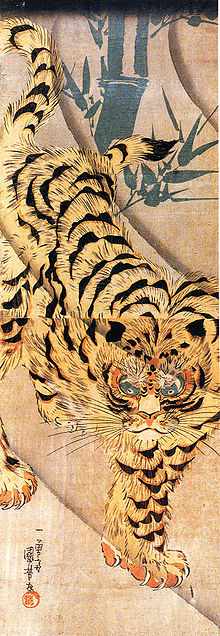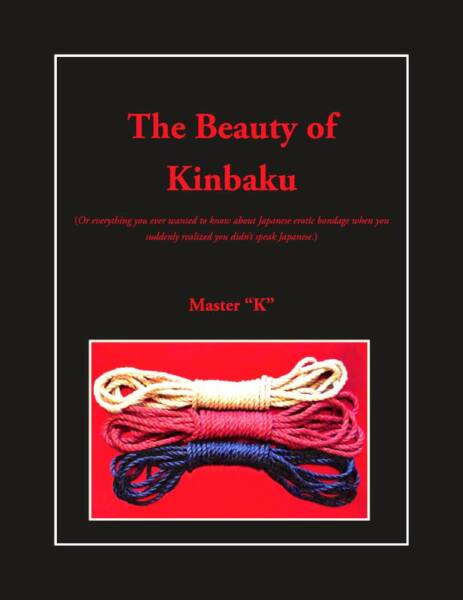The Beauty of Kinbaku
Or everything you always wanted to know about Japanese erotic bondage when you suddenly realized that you didn't speak Japanese
(January 3, 2009) Master "K" has done it again! This book is a masterpiece. The mother of all books on Kinbaku/Shibari. It's the yardstick with which all future books on the subject will be measured.
Not even in Japan do they publish such comprehensive, all-encompassing work. The author has spent years researching original sources, checking facts, translating rare documents, and interviewing key figures. The result is a sensational book that will forever change how Westerners view Shibari.
This book is such an interesting read and offers such a wealth of information, that its appeal reaches far beyond the rope community.
Right from the start Master "K" mesmerizes the reader by taking him on an exciting journey through the history of Japan, beginning with the Jomon Period (14,000 to 400 B.C.) known for using rope to create intricate patterns in pottery. Other than in the West, rope was soon to become an integral part of Japanese culture and society. It became the weapon of choice for taking prisoners on the battlefield or for capturing common criminals. In 1742 rope was officially included in a codified set of legal statutes as a tool for torture. It is during those times that what is known as hojojutsu/hobakujutsu, highly developed tying techniques, reached their peaks as part of the fighting skills of the samurai and warrior class.
In the latter half of the Edo-period (1603-1868) Japan enjoyed stability and peace, and the drama and imagery associated with captured and bound women and men entered the arts. Kabuki plays kept teasing their audiences with men in rope, while many a Ukiyo-e artist satisfied demand for cruel torture images with woodblock prints.
Osada Steve
Review: "The Beauty of Kinbaku (Or everything you ever wanted to know about Japanese bondage when you suddenly realized you didn't speak Japanese.)" -by Master "K"



